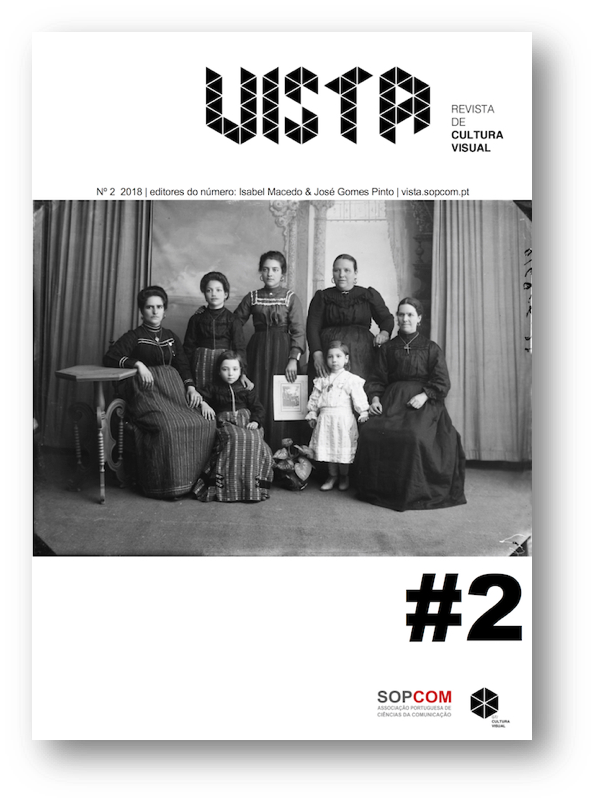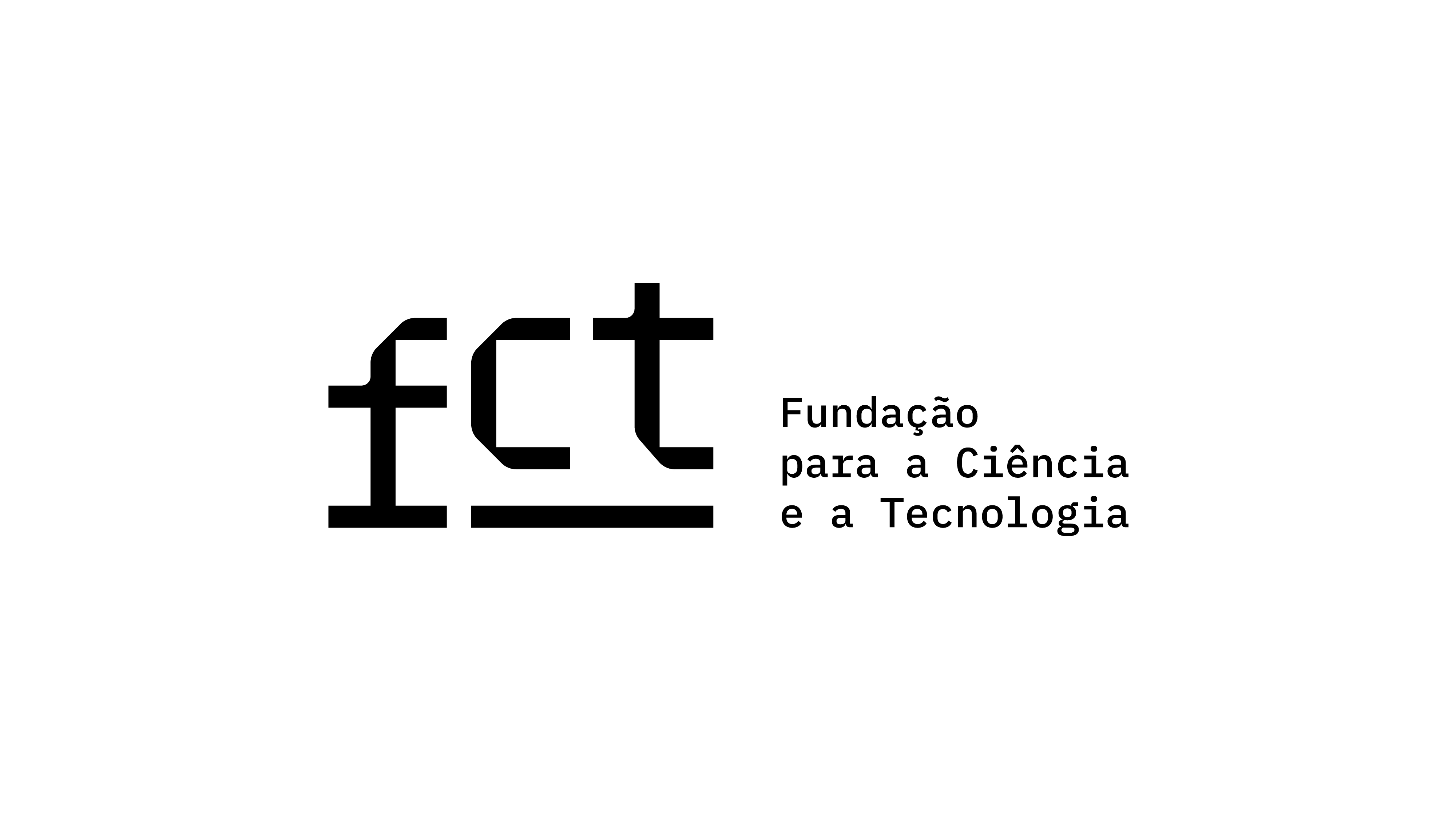Preservando a Memória das Pedras
DOI:
https://doi.org/10.21814/vista.2999Keywords:
photogrammetry, outcrops, pre-historic and pre-modern societies, engravings, “folklore”Abstract
To past and pre-modern societies “physical” world was full of significant properties. Following the works of Ingold (2000), Bradley (2000, 2009), Gosden (2009), or Scarre (2009), what today is seen as inert matter was considered “alive”, and that should be the present perspective. Certain natural outcrops are attached to legends and beliefs often referred to magical or odd creatures “inhabiting” inside or “living” within them, and the majority is linked to place-names. Like people, outcrops can be seen as entities that can and make difference, acting as agents that embody
meanings and stories (Tilley, 2002, 2004) subsequently passed over generations.
During Prehistory some outcrops were engraved with motifs; others, by their odd or peculiar
forms, formed part of historical myths and folklore. In both cases outcrops worked as memory containers.
It is pretended to focus on the importance of photogrammetry and tridimensional record of this kind of cultural heritage (frequently in risk or destruction) and to show the potential of this tool in matters of inventory and study of these places of memory.
Several case studies presented were matter of analysis in different projects and developed according to archaeological and cultural anthropology methodologies applied to the Northwest of Iberia.
This type of work is fundamental to achieve rock art interpretations and to understand the role of outcrops to human societies and their contribution to the construction of prehistoric and present landscapes.
Downloads
References
Bettencourt, A.M.S.; Abad-Vidal, E.; Rodrigues, A. (2017). Cvarn - Rock Art Virtual Corpus of North-western Portugal. A Multimedia tool to investigate and describe Post- Palaeolithic Rock Art. In A. M. S. Bettencourt, M. Santos-Estevez, H.A. Sampaio & D. Cardoso (Eds.), Recorded Places, Experienced Places. The Holocene Rock Art of the Iberian Atlantic Northwest. British Archaeological Reports – BAR, Oxford: Archeopress.
Bradley, R. (2000). An Archaeology of Natural Places. Londres and Nova Iorque: Routledge.
Bradley, R. (2009). Dead stone and living rock. In B. O’Connor, G. Cooney & J. Chapman (Eds.), Materialitas. Working Stone, Carving Identity [Prehistoric Society Research Paper 3] (pp. 1-8). Oxford: The Prehistoric Society/Oxbow Books.
Cabralles López, M. & Lerma García, J. L. (2013). Documentación 3D de abrigos rupestres a partir de laser escáner y de procesos fotogramétricos automatizados. VAR, 4(8), 64-68.
Connerton, P. (1989). How societies remember. Cambridge: Cambridge University Press.
Feld, S. & Basso, K.H. (1996). Senses of Place. New Mexico: School of American Research Press.
Gosden, C. (2009). Afterword. In B. O’Connor, G. Cooney, J. Chapman (Eds.), Materialitas. Working Stone, Carving Identity [Prehistoric Society Research Paper, 3] (pp. 181-184). Oxford: The Prehistoric Society/Oxbow Books.
Halbwachs, M. (1925/1975). Les cadres sociaux de la mémorie. Nova Iorque: Arno.
Halbwachs, M. (1950/1992). On Collective Memory. Ed. e trad. L.A. Coser. Chicago: University of Chicago Press.
Hutton, P. (1993). History as an Art of Memory. Hanover: University of Vermont Press.
Ingold, T. (2000). The Perception of the Environment: Essays in Livelihood, Dwelling and Skill. Londres: Routledge.
Kipnis, R.; Santos, H.; Tizukal, M.; Almeida, M. & Corga, M. (2013). Aplicação das tecnologias de modelagem 3D conjugada às técnicas tradicionais para o registro das gravuras rupestres do rio Madeira, Rondônia, Brasil. Boletim do Museu Paraense Emílio Goeldi. Ciências Humanas, 8 (3): 605-619.
Lerma García, J. L.; Cabralles López, M.; Navarro Tarín, S.; Segui Gil, A. E. (2013). Modelado fotorrealístico 3D a partir de procesos fotogramétricos: láser escáner versus imagen digital. Cuadernos de Arte Rupestre 6: 85-90.
Moreira, J.; Bettencourt, A. M. S.; Santos-Estévez, M. (2016, 30 de novembro). “Penedo de S. Gonçalo (boulder of Saint Gonçalo), Felgueiras, NW Portugal. A long life of a rock art place”. Poster apresentado no Simpósio Internacional Images in Stones, Braga.
Rogerio Candelera, M. A. (2008). Una propuesta no invasiva para la documentación integral del arte rupestre. Sevilha: Instituto de Recursos Naturales y Agrobiología de Sevilla (IRNAS).
Ruiz Sabina, J. A.; Gutiérrez Alonso A.; Ocaña Carretón, A.; Farjas Abadía, M.; Domínguez Gómez, J. A. & Gómez Laguna, A. J. (2015). Aplicación de la fotogrametría aérea por dron al estudio y documentación del arte rupestre y análisis por medioe digitales: los grabados de la Laguna Tinaja (Lagunas de Ruidera, Albacete) desde un nuevo punto de vista. ARKEOS, 37: 2075-2077.
Santos-Estévez, M. & Bettencourt, A. M. S. (2017). O conjunto de gravuras rupestres de Santo Adrião (Caminha, Portugal). Embarcações, armas, cavalos e ex-votos. Livro de Actas do II Congresso da Associação dos Arqueólogos Portugueses (pp. 1055-1070). Lisboa: Associação dos Arqueólogos Portugueses.
Santos-Estevez, M.; Bettencourt, A.M.S.; Sampaio, H.A.; Brochado, C.; Ferreira, G. (2017). Shape and meaning: engraved weapons as materialisations of the Calcolithic / Early Bronze Age cosmogony in NW Iberia. In A. M. S. Bettencourt, M. Santos-Estevez, H.A. Sampaio, D. Cardoso (Eds.), Recorded Places, Experienced Places. The Holocene Rock Art of the Iberian Atlantic Northwest (pp. 151-166). British Archaeological Reports – BAR, Oxford: Archeopress.
Sahlins, M. (1972). Stone Age Economics. Chicago: Aldine Atherton Inc.
Salhins, M. (1988). Cosmologies of Capitalism: the TransPacific Sector of “The World System”. Proceedings of the British Academy, 74: 1-51.
Scarre, C. (2009). Stones with character: animism, agency and megalithic monuments. In B. O’Connor, G. Cooney, J. Chapman (Eds.), Materialitas. Working Stone, Carving Identity. [Prehistoric Society Research Paper, 3] (pp. 9-18). Oxford: The Prehistoric Society/Oxbow Books.
Thomas, J. (2001). Archaeologies of Place and Landscape. In I. Hodder (ed.) Archaeological Theory Today. Cambridge: Wiley, 165-186.
Thomas, J. (2006). From dwelling to building. In V. O. Jorge, J. Muralha-Cardoso, A. Vale, G. L. Velho, L. Pereira (Eds.), Approaching “Prehistoric and Protohistoric architectures” of Europe from a Dwelling perspective. Porto: ADECAP.
Tilley, C. (2002). Metaphor, materiality and interpretation. In V. Buchli (Ed.), The Material Culture Reader (pp. 23-26). Oxford: Berg.
Tilley, C. (2004). The Materiality of Stone: explorations in Landscape Archaeology. Oxford University Press: Berg.
Tyler, E.B. (1871). Primitive Culture: researches into the development of Mythology, Philosophy, Religion, Art, and Custom. London: John Murray.
Van Dyke, R. M. & Alcock, S. E. (2003). Archaeologies of Memory: an introduction. In R. M. Van Dyke & S. E. Alcock (Eds.) Archaeologies of Memory (pp. 1-13). Oxford: Wiley.
Downloads
Published
How to Cite
Issue
Section
License

This work is licensed under a Creative Commons Attribution 4.0 International License.
Authors own the copyright, providing the journal with the right of first publication. The work is licensed under a Creative Commons Attribution 4.0 International License.













